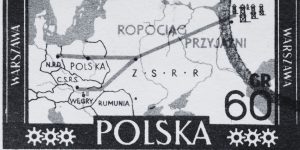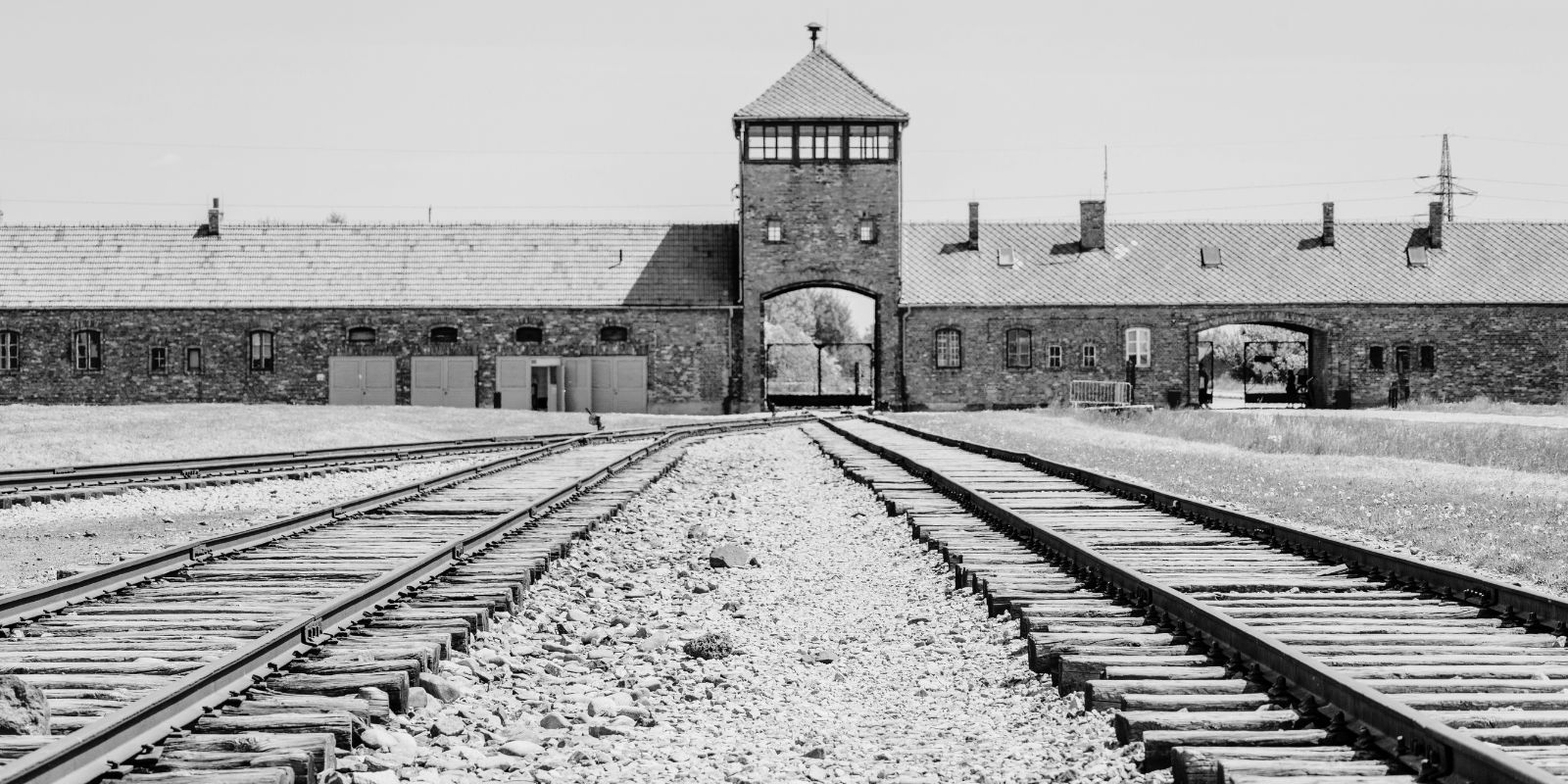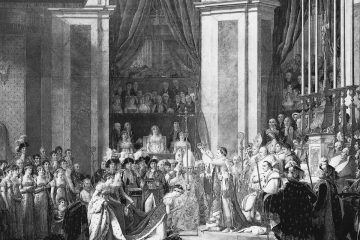What Happened On June 20th?
On June 20, 1942, Kazimierz Piechowski and three fellow prisoners made a legendary escape from the Auschwitz concentration camp. This act of defiance against the Nazi regime demonstrated the indomitable human spirit.
Kazimierz Piechowski, a Polish political prisoner, had been imprisoned in Auschwitz since 1940. As a member of the Polish resistance, the Gestapo captured him and sent him to the notorious camp. Life in Auschwitz was brutal, with prisoners subjected to hard labor, starvation, and constant threat of death. Despite these conditions, Piechowski and his compatriots planned a daring escape.
How Did They Plan This?
Piechowski, along with fellow prisoners Józef Lempart, a priest, Eugeniusz Bendera, a mechanic, and Stanisław Gustaw Jaster, a former Boy Scout, meticulously planned their escape. They knew their chances of success depended on precision, bravery, and surprise. The group decided to use Bendera’s skills as a mechanic to steal an SS officer’s car, a key element in their escape plan.
The escapees gathered information about the camp’s layout, routines, and security measures. They observed that SS officers often left their uniforms and weapons in unattended areas, providing an opportunity to disguise themselves. Their plan relied on acquiring these uniforms, which would allow them to impersonate SS officers and drive out of the camp undetected.

The Execution Of The Escape
On the morning of June 20, 1942, the escapees put their plan into action. They broke into a storage room where they obtained SS uniforms, weapons, and other necessary items. Dressed as SS officers, they approached a parked Steyr 220 car, a luxury vehicle used by the camp’s elite.
With Bendera at the wheel, the four men drove towards the main gate. Piechowski, sitting beside him, barked orders in flawless German, demanding the gate be opened for their inspection patrol. The guards, seeing the SS uniforms and the authoritative demeanor of Piechowski, complied without suspicion. The gates of Auschwitz swung open, and the car sped out, carrying the four men to freedom.
The Immediate Aftermath
Once outside the camp, the escapees abandoned the car and fled on foot, heading towards the safety of the Polish countryside. The Nazi authorities quickly realized the escape and launched a massive manhunt. Despite the intense search, Piechowski and his comrades managed to evade capture.
The escapees split up to increase their chances of survival. Piechowski traveled through forests and fields, avoiding main roads and towns to stay out of sight. His knowledge of the local terrain, gained during his time as a Boy Scout, proved invaluable in navigating the countryside and finding safe havens.
Piechowski’s Life Post-Escape
After successfully evading capture, Piechowski continued his resistance activities. He joined the Polish Home Army, the main resistance force in Poland, and took part in various operations against the Nazi occupiers. His experience as an escapee and his knowledge of German procedures and tactics made him a valuable asset to the resistance movement.

After the war, he remained in Poland, which fell under Soviet influence. As a former member of the Home Army, he faced suspicion and persecution from the new communist regime. The secret police arrested him, and he spent several years in prison on charges of being an “enemy of the state.”
Learning German military protocols and behaviors proved to be crucial for the escapees. Piechowski and his companions knew their survival depended not just on their disguises but also on their ability to mimic the mannerisms and authority of SS officers. They managed to study and practice these under the constant watch of their captors.
What You Didn’t Know
The escape’s success hinged not just on the uniforms and car but also on meticulous attention to detail. Piechowski and his comrades observed the routines of the guards, noting the best times to move without drawing attention. They timed their actions to coincide with shifts and other distractions within the camp.
Reflections & Legacy
Piechowski often described the surreal nature of their escape, highlighting the moment they drove out of Auschwitz as both liberating and terrifying. Knowing that freedom was within reach yet being aware that any mistake could lead to their immediate execution added to the intensity of their experience. He reflected, “I did not think about anything. I was just trying to pass this final examination. From that moment we did not only need courage, but intelligence.”
In his later years, Piechowski focused on educating others about the Holocaust. He participated in documentaries and gave interviews, sharing his story widely to ensure the lessons of the past were not forgotten. He often said, “We must remember, so it never happens again.”
Piechowski’s story became a symbol of hope and resilience for prisoners in Auschwitz and other concentration camps. It showed them that even in the darkest times, the human spirit could prevail against tyranny and oppression.





